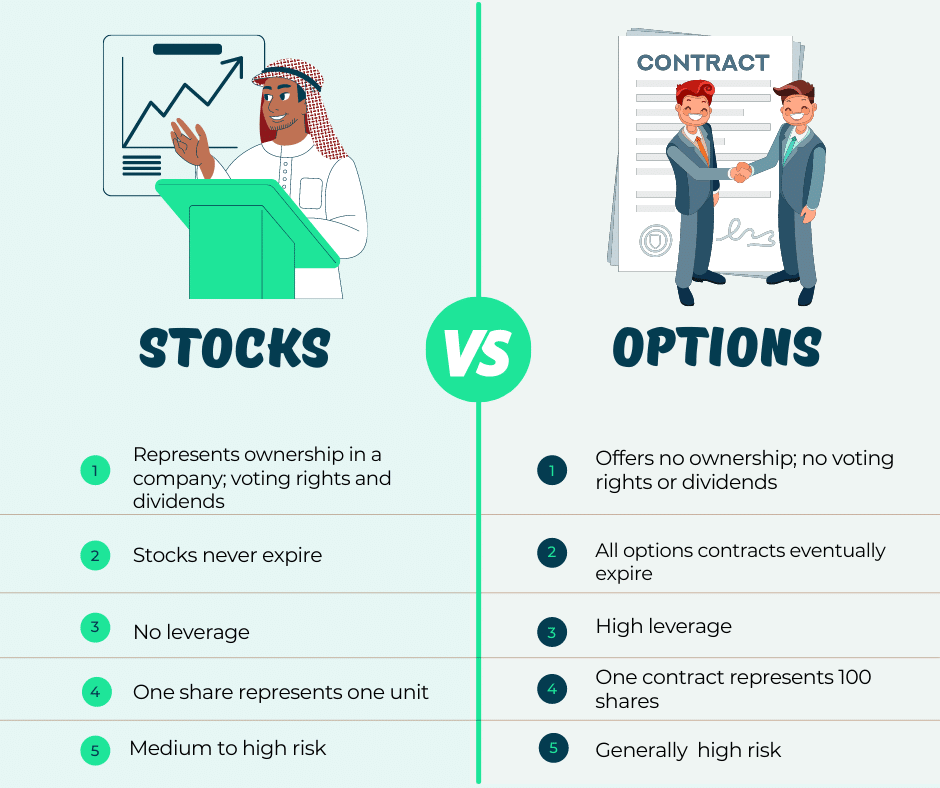The world of investing has undergone a technological revolution in recent years, with the advent of algorithmic trading. This approach, also known as automated trading, empowers traders and investors to execute trades based on predetermined rules and strategies, often without human intervention.

Image: www.youtube.com
While the concept of algorithmic trading has been around for decades, advancements in computing power and data analysis have made it more accessible than ever. In today’s competitive financial markets, algorithmic trading offers a host of advantages, opening up new Möglichkeiten for both experienced traders and those just starting their investment journey.
Understanding Algorithmic Trading
Algorithmic trading, simply put, involves using computer programs to automate the execution of trades based on pre-defined criteria. Traders can create sophisticated algorithms that monitor market data, identify trading opportunities, and place orders accordingly. This eliminates the need for manual order placement, reducing human error and allowing traders to execute trades more efficiently.
The algorithms used in algorithmic trading can vary widely in complexity and sophistication. Some basic algorithms simply implement technical trading strategies, while others employ advanced machine learning techniques or natural language processing to analyze vast amounts of data. The flexibility and customization options available in algorithmic trading enable traders to tailor their strategies to meet their individual risk tolerance, time horizons, and financial goals.
Benefits and Advantages of Algorithmic Trading
- **Enhanced Execution:** Algorithmic trading eliminates human biases and emotions from the trading process, leading to more disciplined and consistent trade execution.
- **Speed and Efficiency:** Automated trading platforms can execute trades in milliseconds, allowing traders to capitalize on fleeting market opportunities that may be missed through manual trading.
- **Reduced Trading Costs:** By reducing the number of manual trades, algorithmic trading can lower brokerage fees and other transaction costs, improving overall profitability.
- **Increased Profitability:** The ability to monitor markets continuously and execute trades based on predefined criteria can lead to improved trading performance and increased profitability.
- **Delegated Trading:** Algorithmic trading can free up traders’ time and resources, allowing them to focus on other aspects of investing or personal life, while the algorithms manage the day-to-day trading operations.
Tips and Expert Advice for Algorithmic Trading
Successful algorithmic trading requires a combination of technical knowledge, market understanding, and strategic planning. Here are a few expert tips to help you get started:
- **Define Your Trading Strategy:** Clearly define your trading strategy, including entry and exit points, risk management parameters, and trade frequency.
- **Backtest Your Strategies:** Historical data can provide valuable insights into the performance of your trading strategies. Backtest your algorithms thoroughly before deploying them with real capital.
- **Optimize Algorithmic Parameters:** Use historical data and machine learning techniques to optimize the parameters of your trading algorithms for maximum efficiency and profitability.
- **Monitor and Adjust Regularly:** Financial markets are constantly evolving, and so should your trading algorithms. Regularly monitor their performance and make adjustments as needed to adapt to changing conditions.
- **Manage Risk Effectively:** When leaving your money market strategies unattended, it’s crucial to prioritize risk management by employing stop-loss orders, position sizing, and diversification strategies to mitigate potential losses.
As with any investment strategy, algorithmic trading carries inherent risks. These risks include, but are not limited to, market volatility, system failures, and algorithm errors. It’s important for traders to thoroughly understand these risks and trade responsibly within their means.

Image: www.projectfinance.com
Frequently Asked Questions (FAQs) About Algorithmic Trading
-
Can anyone start algorithmic trading?
While algorithmic trading is accessible to anyone with basic coding skills and a trading account, it requires a significant amount of knowledge, experience, and resources to develop and implement effective trading algorithms.
-
What are some popular algorithmic trading strategies?
Common algorithmic trading strategies include:
- Trend following
- Mean reversion
- Statistical arbitrage
- High-frequency trading
-
Is algorithmic trading profitable?
Algorithmic trading can be profitable, but profitability is not guaranteed. Successful algorithmic trading requires a combination of technical expertise, market understanding, and risk management skills.
-
Is algorithmic trading legal?
Algorithmic trading is legal and widely used in financial markets globally. However, certain high-frequency trading strategies may be subject to regulatory scrutiny and restrictions.
How To Trade Automatically
Conclusion
Algorithmic trading has become an integral part of modern financial markets, enabling traders to automate their strategies, enhance execution speed, and reduce trading costs. While it offers a range of benefits and potential for increased profitability, it also requires a thorough understanding of the underlying principles and a well-defined trading strategy.
By following the tips and expert advice outlined in this article, you can navigate the world of algorithmic trading more effectively. Remember that trading is a continuous learning process, and ongoing education and research are vital to your success.
Are you interested in exploring the world of algorithmic trading?






